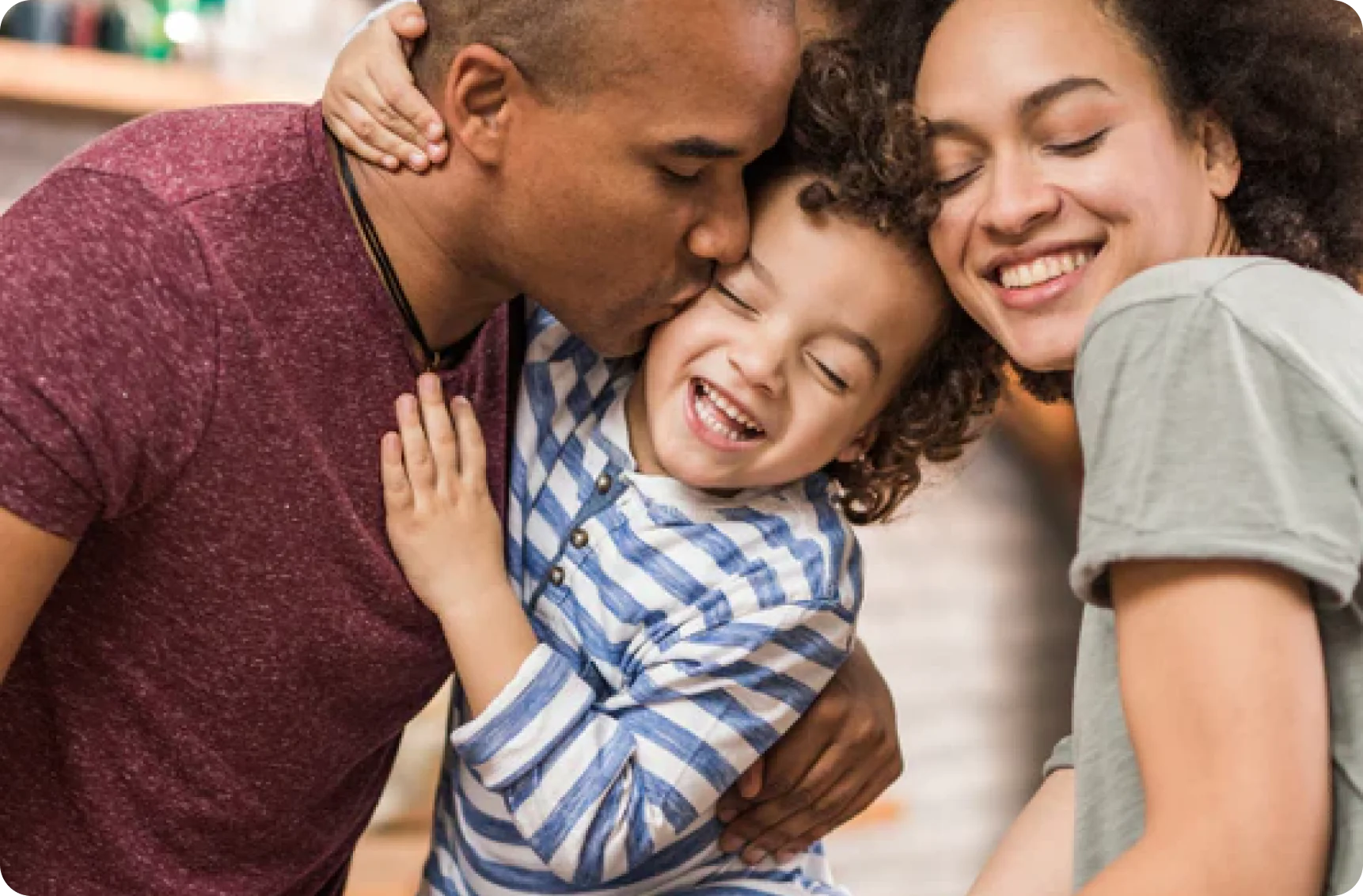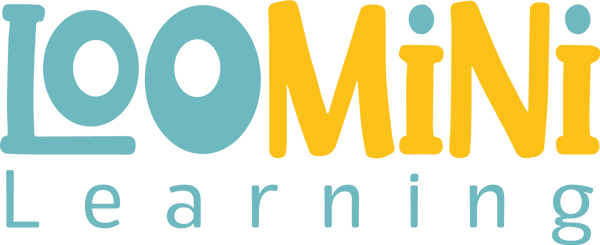Painting is a way for children to do many important things: convey ideas, express emotion, use their senses, explore color, and experiment with process and outcomes.
Children's brain synapses fire away as they experiment and create by squishing paint between their fingers, mixing colors, and manipulating materials.
Children Develop Life Skills through Art Activities

Art may seem like fun and games — and it is! — but you may not realize that your child is actually learning a lot through exploring the arts and doing art activities.
Your children will gain useful life skills through art, so encourage them to get creative, and you will quickly see that your children are picking up these skills:
Communication Skills: When a child draws a picture, paints a portrait, or hangs buttons from a wobbly mobile, that child is beginning to communicate visually.
A child may draw to document an actual experience like playing in the park, release feelings of joy by painting swirling colors, or share an emotionally charged experience like the passing of a loved one through art. Art goes beyond verbal language to communicate feelings that might not otherwise be expressed.
Problem-Solving Skills: When children explore art concepts, they are testing possibilities and working through challenges, much like a scientist who experiments and finds solutions. Should I use a shorter piece of yarn to balance my mobile?
This tape isn’t holding — what should I try instead? How did I make brown — I thought I made orange? Art allows children to make their own assessments, while also teaching them that a problem may have more than one answer.
Instead of following specific rules or directions, the child’s brain becomes engaged in the discovery of “how” and “why.” Even when experimenting or learning how to handle art materials effectively, children are solving problems and coming up with new ways to handle unexpected challenges.
Social & Emotional Skills: Art helps children come to terms with themselves and the control they have over their behavior. Through art, they also practice sharing and taking turns, as well as appreciating one another’s efforts.
Art fosters positive mental health by allowing a child to show individual uniqueness as well as success and accomplishment, which are all part of a positive sense of self.
Fine Motor Skills: Fine motor skills enable a child to do things like delicately turn the page of a book or fill in a sheet of paper with written words. Holding a paintbrush so that it will make the desired strokes, snipping paper with scissors into concrete shapes, drawing with a crayon, or squeezing glue from a bottle with control all help develop a child’s fine motor skills.
Why is Painting Important?

There are many art activities to consider so why is painting so essential for your kids to experience and learn?
Diving into finger paints and making a beautiful picture to hang on the fridge is rewarding. Letting kids play with a painting set can be messy but is worth developing many fundamental skills in learning.
Doing creative activities is important for both parents and kids.
Responding to and encouraging children’s painting is important. See if the invitation is open for conversation first. A good way to start may be to describe what you see; “Your painting has long blue lines and orange circles”. Wait to see if the child responds; she may want to share more with you or just want to return to her painting. Interrupting may interfere with the painting process.
When children seem ready to share, think of thought-provoking questions. “I see you used red and yellow. What other colors might you use and where are you going to put them?” or “This part of your paper is filled with pink and white spots. What do you want to do with your painting next?” or, “What are you going to do with your painting when it’s done?”.
What are the Benefits of Painting?

Painting promotes creativity.
Creativity is the ability to think outside the box; to string two unrelated ideas together in a new way. Solutions to major problems and breakthroughs of all kinds are linked to creativity.
The ability to be creative is vital to the success of our children and the well-being of our world.
Painting encourages neural connections.
Art is an activity that can employ all the senses––sight, sound, touch, smell, and taste––depending on the activity. Children’s brain synapses fire away as they experiment and create by squishing paint between their fingers, mixing colors, manipulating materials, and drawing from imagination or what they see in front of them.
Painting builds fine motor skills.
Gripping a paintbrush, drawing dots and lines, mixing colors, cutting with scissors, controlling a glue stick or squeezing a glue bottle, kneading and rolling playdough, tearing paper—all of these tasks require increasing amounts of dexterity and coordination, yet they are so fun and rewarding that children want to do them over and over. As kids engage in art activities regularly, their fine motor skills improve.
Painting is a precursor to writing.
Babies and toddlers begin by scribbling randomly, back and forth. But the more they scribble, the more they are able to control the crayon and its movements across the paper.
The painting develops problem-solving abilities.
Open-ended, process-oriented art is nothing but an endless opportunity for making choices, coming to conclusions, second-guessing decisions, and evaluating results.
Children become more comfortable with uncertainty and remain flexible thinkers, which is the key to creativity and confidence.
Painting helps kids understand themselves and their world.
Children absorb incredible amounts of new information, and they need to process what they have learned in a safe, reflective way. Art allows them to explore feelings and cope with daily significant events.
Painting enhances Visualization
Children need to know more about the world than just what they can learn through text and numbers. Art education teaches students how to interpret, criticize, and use visual information, and how to make choices based on it.
Painting can improve Academic Performance
Studies show that young people who participate regularly in the arts (three hours a day, three days a week) are four times more likely to be recognized for academic achievement, to participate in a math and science fair or to win an award for writing an essay or poem than children who do not participate in art activities.
Kids develop Focus
As you persevere through painting or singing or learning a part in a play, concentration is imperative. Focus is also vital for studying and learning in class, as well as performing a job later in life.
What are some sample Painting Activities?

Spin painting
Spin painting is such a fun painting activity for preschoolers as well as older children! We use a salad spinner for our spin art, but I’ve seen this done with a specially purchased spin art kit as well.
Marble rolling
Most kids love marbles. And painting with paint-covered marbles is a favorite that we return to again and again.
Body tracing and painting
Body tracing art is a lovely way for preschoolers to create self-portraits and develop their self-image.
Splatter painting
Who doesn’t love splatter and drip painting? This one is a messier, action-oriented art activity best suited to the outdoors.
Wheel and roller painting
Who says you need paintbrushes to paint? Try rolling your paint onto paper with a mini paint roller (sold for painting trim) or rolling the wheels of a toy car through watercolors and adding salt or rubbing alcohol for varied effects.
Kids love to see how watercolors react with different materials!
Wrapping it Up!



